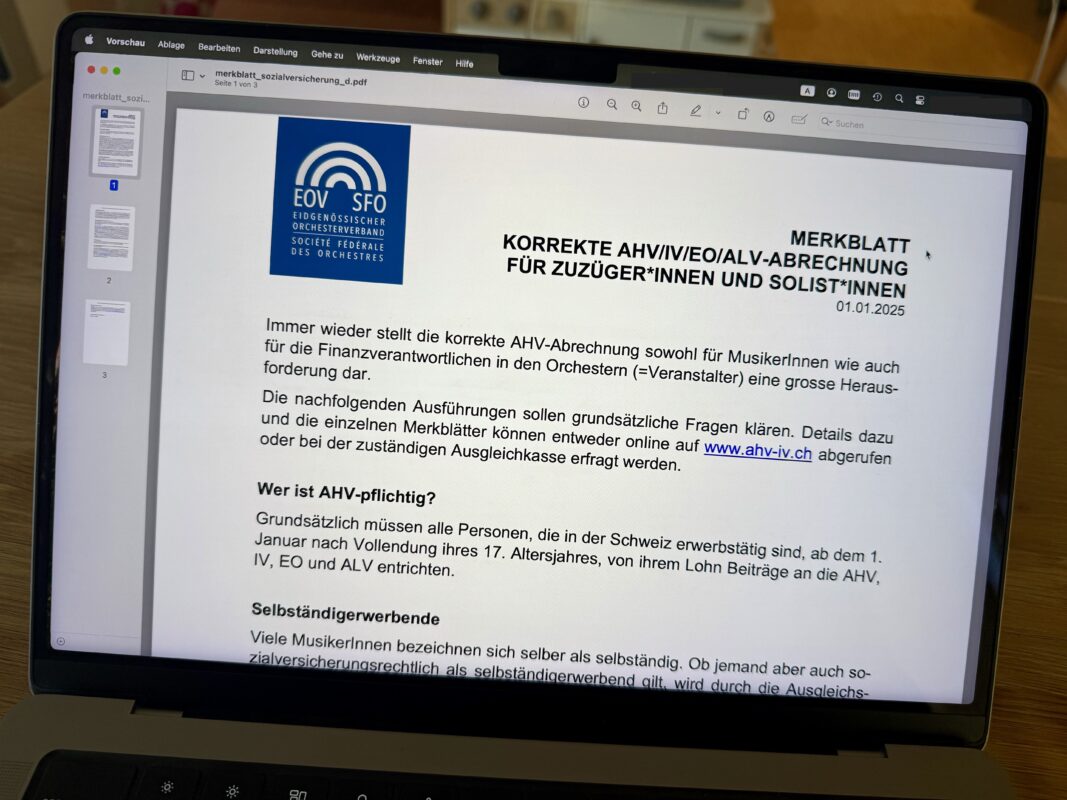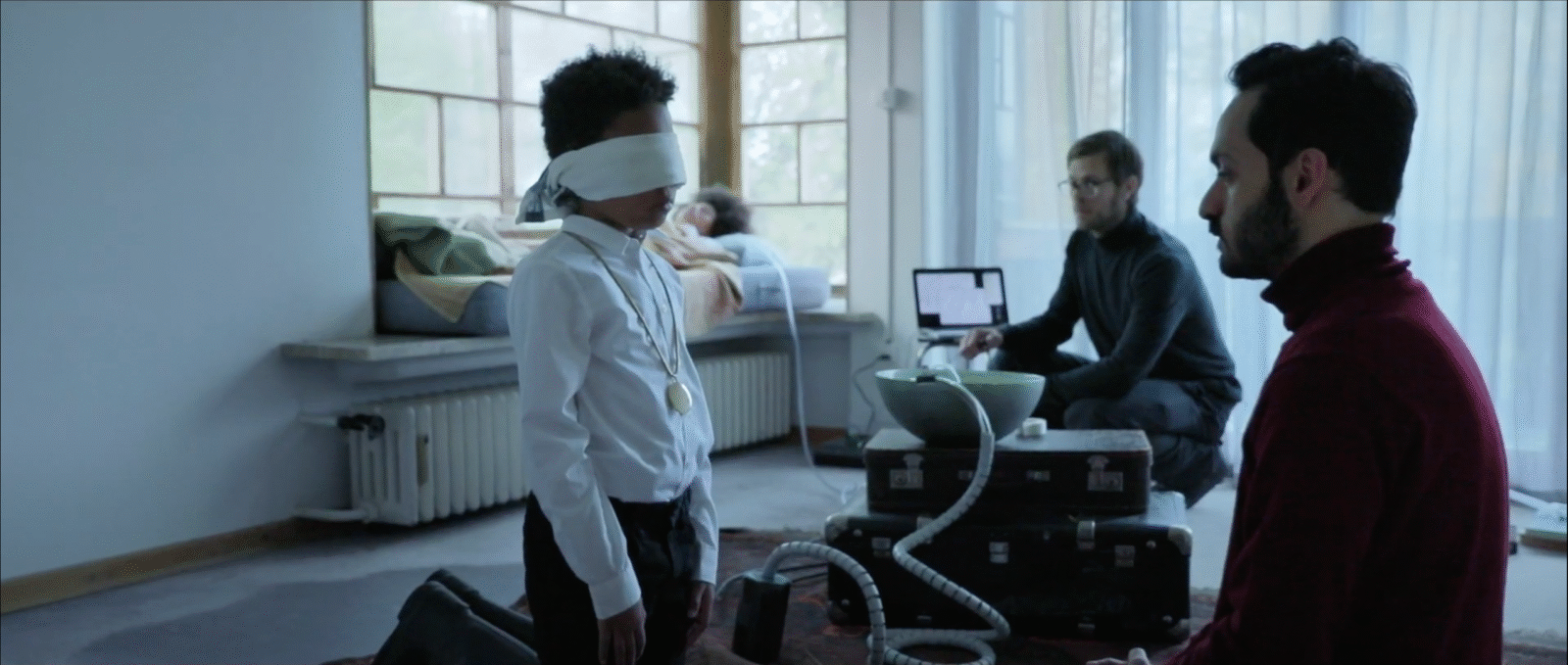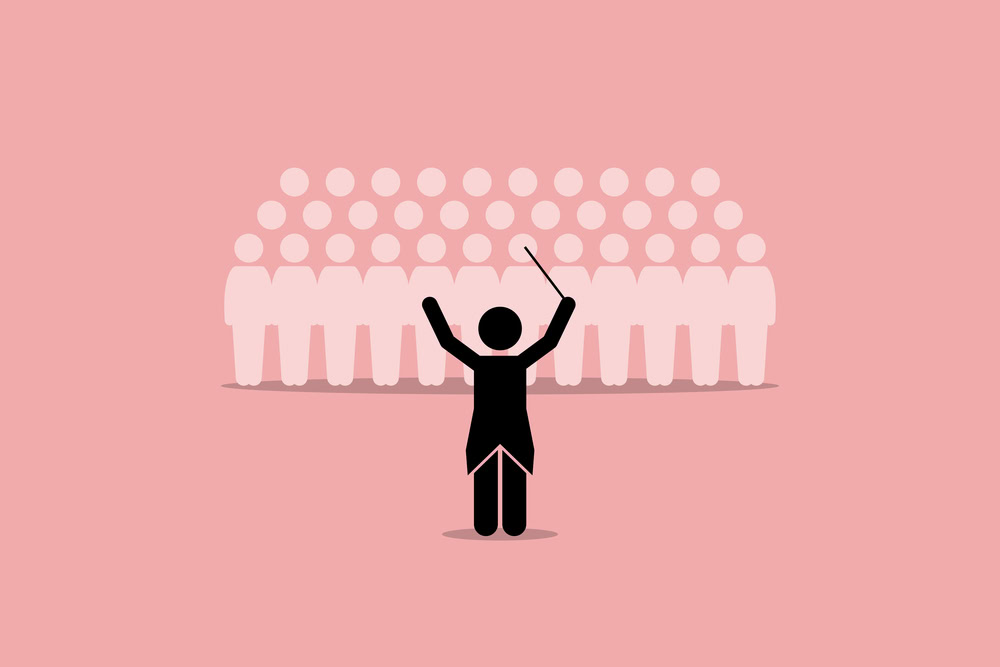The work in the medical consultation hours for musicians
Complaints that occur when making music must be clarified in a precise and structured manner. The SMM can put you in touch with regional specialists.

Peter Schönenberger - "God put the diagnosis before the treatment". Many a medical student hears this phrase from their instructors when they want to come up with a treatment for a symptom. Our advice center also occasionally has to respond to inquiries that directly ask for a specific treatment technique without any preliminary clarification having taken place. For example, in the sense of "I am suffering from pain; can you recommend a hand surgeon". This is not helped by the fact that many diagnoses are imprecise or inaccurate. Terms such as rheumatism, burnout and tendinitis are among them.
Basically, medical examinations for musicians also follow the same principles as all conventional medical examinations. Preliminary information is collected. Knowing of any other illnesses, the complaints that are relevant to music-making are specifically investigated. Information about the environment is important both for the search for the causes and for the planning of therapies. On the one hand, the physical examination collects general findings and - in the case of frequent complaints of the musculoskeletal system - necessarily assesses posture and function on the instrument. The clarification can take place in a musician's medical practice or a corresponding university contact point and can be supplemented by an interdisciplinary assessment.
The example of a young alto horn player is intended to illustrate what has been said. For didactic reasons, the description of the problem does not exactly match the actual medical history. The musician attends a secondary school and has been playing the alto horn since she was eight years old, currently in two formations. Following a fracture of a carpal bone in her left hand at the age of fifteen, pain remains in her left wrist. This was later joined by pain in her right wrist. She is right-handed and has to write a lot by hand at school. Neither after immobilization in a cast three years ago, nor later, did she ever receive physical or occupational therapy. The wrist pain becomes severe after an hour of playing music and forces her to change the support position of her left hand (photos). It also occurs on the right when writing. The young woman is exempt from all hand activities in school sports.
The musician attends the consultation of the Bern specialist group for musicians' health. Due to the evidence of wrist arthritis on the MRI, a rheumatologic evaluation is requested. Fortunately, an inflammatory rheumatologic disease can be ruled out. However, there is a clear general hypermobility of the joints, which is responsible for the irritation of the wrists. Due to the lack of muscle development after the accident, the loose joints and the freehand holding of the instrument weighing almost two kilograms, the muscles from the hand to the shoulder blades became tense and caused pain radiating into the hands (trigger point pain).
In several occupational therapy and physiotherapy sessions, which take place in the musician's region, the forearm muscles causing the pain can be relaxed and strengthened. In addition to dynamic stabilization of the lax joints with tapes, the young musician also receives instructions on how to take breaks during individual practice. Over time, she will be able to play with less pain for longer. The partial dispensation from school sports can soon be relaxed.
Dr. med. Peter Schönenberger
... is a FMH specialist in general internal and occupational medicine and Vice President SMM.








